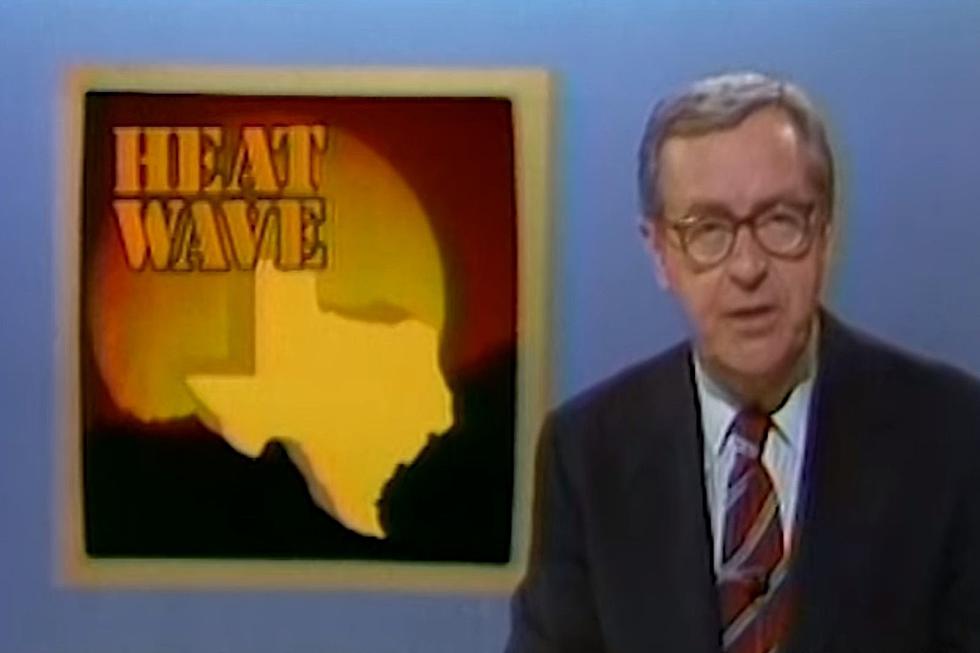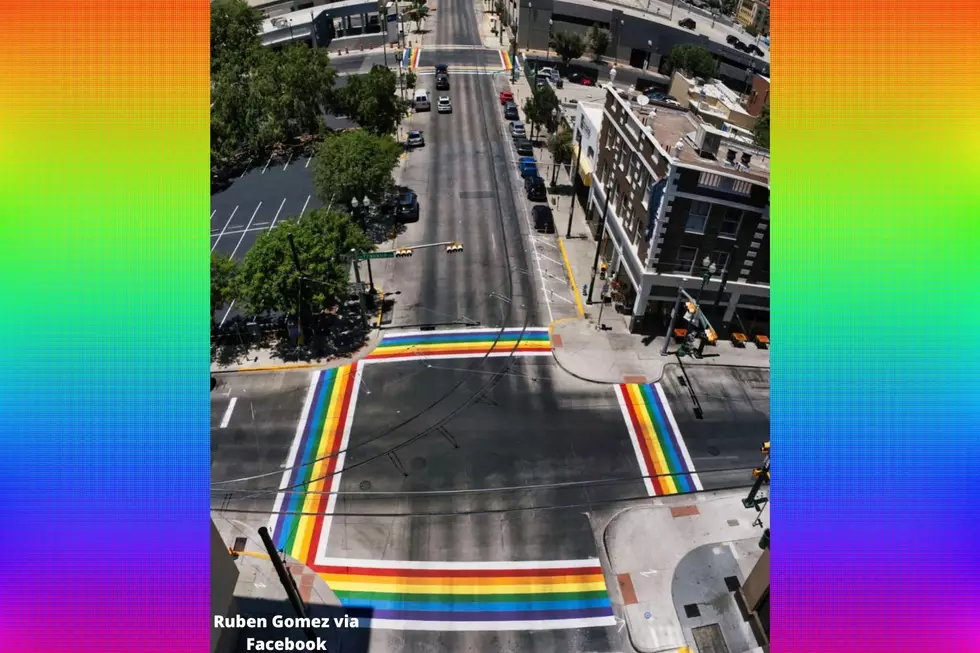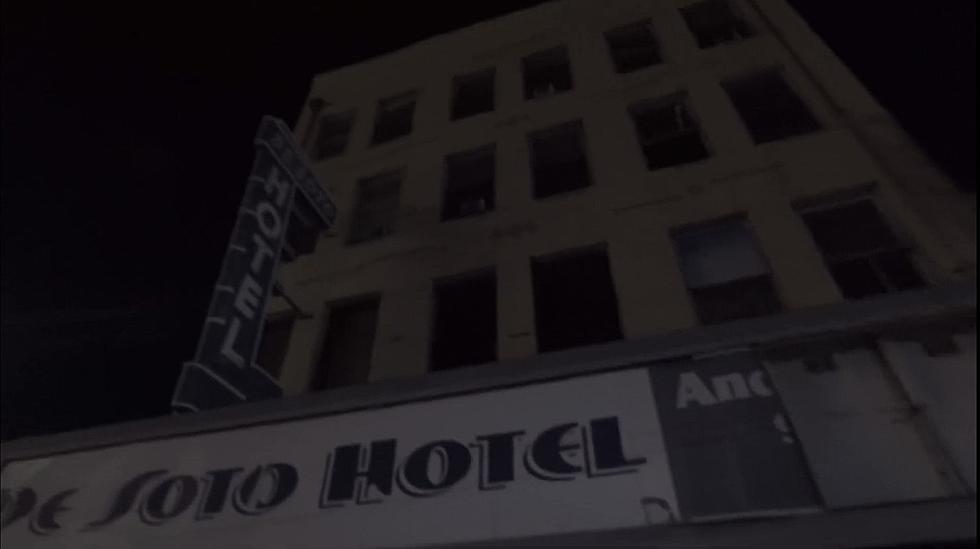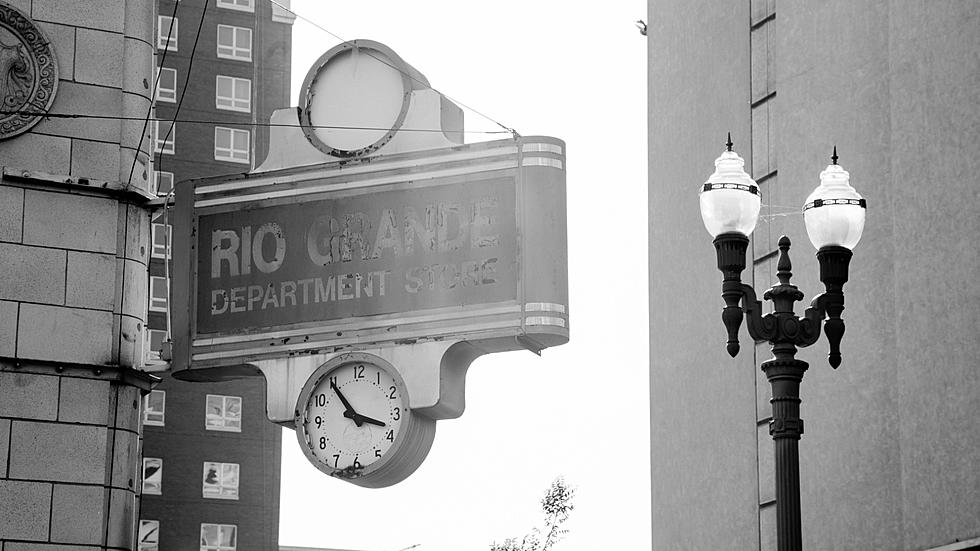
Is it Hotter in Downtown El Paso than in the Suburbs?
It’s only been Summer for a week but we’re already seeing scorching daily temps worthy of advisories and alerts.
I’ve always considered certain parts of El Paso as “less hot”.
The upper and lower valleys have lots more shade and Rim Road seems cooler…because of altitude?
Actually, it’s all probably my imagination. But downtown El Paso has always seemed significantly hotter than the rest of the city.
As a survivor of multiple Street Fests and Mexican Food Cookoffs, I don’t think this is my imagination. Is it possible that downtown IS hotter?
It is an actual phenomenon known as “urban heat islands”. It even has its own lengthy Wikipedia page. Evidently, it’s real, can be quite extreme, and has multiple contributing causes. All that pavement and concrete heats up and re-radiates the heat back up at you.
According to Las Cruces Sustainability Officer Lisa LaRocque, asphalt temperatures can reach 140 degrees. Vehicle exhaust can be in excess of 150 degrees.
Add those factors with “the Urban Canyon Effect”…tall buildings that block any cooling winds…and a downtown area can be significantly hotter. The E.P.A. estimates that urban heat islands can be “about 1 to 7 degrees higher than in outlying areas”.
A few degrees may not sound like all that much but when it’s already 112, you start getting into the range of temperatures that humans just weren’t meant to thrive in.
Even if you live in a neighborhood NEAR downtown, you can expect it to be about that much…1 to 7 degrees…cooler.
Thankfully, we have air conditioning (fingers crossed, ERCOT!). The scientific consensus is that our near future is going to be hotter, not cooler. Keeping urban heat islands in a livable range will be a significant challenge going forward.
KEEP READING: See notable new words that were coined the year you were born
More From KLAQ El Paso









